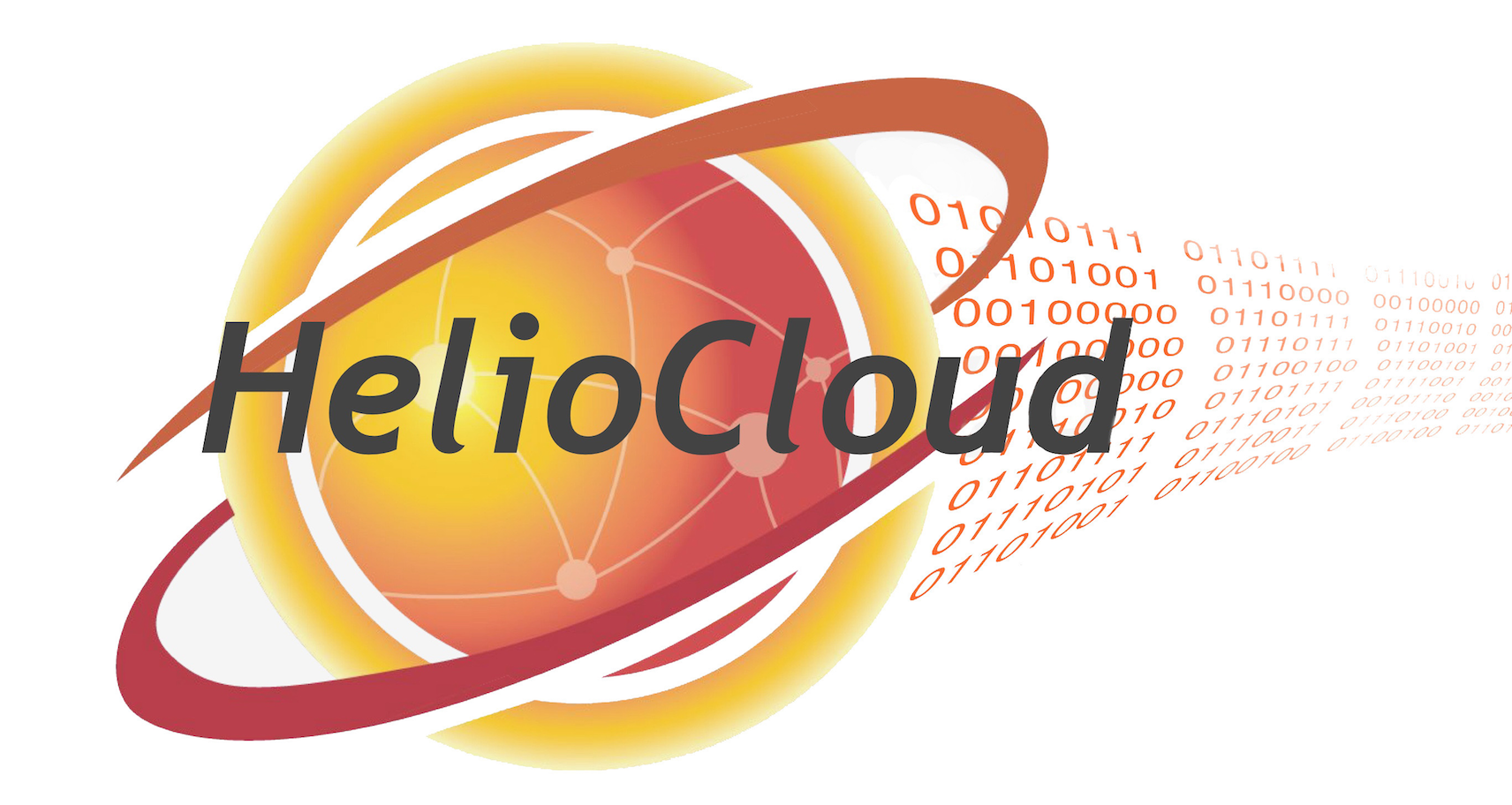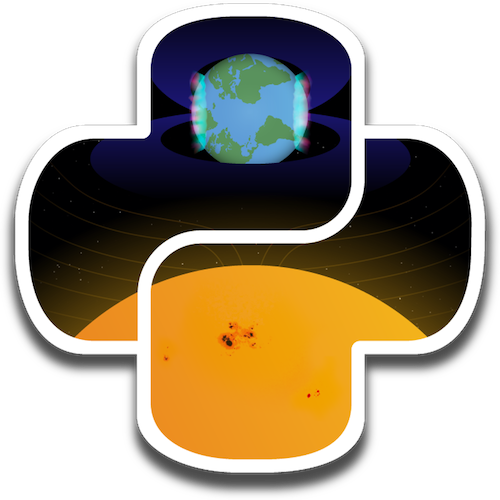
HDRL is the force multiplier powering heliophysics for
science, security, and innovation today and into the future.
🚀 A Unified Hub for the Sun–Earth System
The Heliophysics Digital Resource Library (HDRL) brings together NASA's solar and space physics
data into a cohesive, interoperable system. Built on decades of research and designed for tomorrow’s missions, HDRL
enables efficient access, analysis, and reuse of critical datasets. It supports space weather forecasting, long-term
science, and public transparency. Whether you're protecting astronauts, powering AI models, or forecasting threats
to space-based and ground-based assets, HDRL makes it possible. HDRL is a key part of the engine behind the HelioSystems Laboratory.
HDRL supports the infrastructure behind space weather resilience-helping secure U.S. satellites, crewed
exploration, GPS, and communication systems. It plays a vital role in keeping critical technology running during
solar storms and contributes to operational space-based defense systems through real-time solar intelligence.
🔍 Explore Our Core Components
Three key components and a suite of integrated tools comprise HDRL, supporting discovery, forecasting, modeling, and innovation. It provides seamless access to NASA’s entire heliophysics archive. HDRL delivers scalable, efficient digital infrastructure that supports America’s leadership in deep exploration, defense readiness, and the technology-driven economy.
Heliophysics Data & Model Consortium (HDMC)
HDMC supports the development of software and services to help promote greater synergy between SDAC, SPDF and the larger heliophysics community. It serves as a catalyst for carrying out HDRL’s mission to yield the greatest value of research from NASA’s heliophysics missions. HDMC supports initiatives in open science and community outreach including support for collaborators such as PyHC, SPEDAS, Autoplot, and HelioCloud.
✨ Featured Tools
These tools are powered by or contribute to HDRL's mission, enabling advanced research and applications.
- NOAA space weather forecasters
- National security risk analysts
- Mission scientists and engineers
- Commercial satellite operators and launch providers
- NASA, NSF, DOD, USGS, & DOE researchers
- International collaborators
- Universities and student researchers
- AI model developers and data scientists
- Citizen scientists and educators
- Supporting space weather forecasting and alerts
- Enhancing space mission planning
- Driving next-gen scientific modeling for solar and space physics
- Empowering AI/ML models for forecasting, mission safety, and anomaly detection
- Advancing global scientific collaboration
- Integrating datasets across missions and decades
- Enabling the use, analysis, and cross-mission synthesis of data
- Delivering FAIR-aligned access for reproducible science
🇺🇸 Digital Infrastructure to Power Exploration
The HDRL transforms NASA mission data into national resilience-powering
forecasts, AI, and alerts that protect satellites, astronauts, and critical infrastructure.
🚀 Keeping Astronauts Safe in Deep Space
Space weather is a top natural risk for Moon to Mars missions. HDRL supports safety from launch to
landing.
- Powers real-time forecasting for Artemis and ISS operations
- Connects solar activity to deep space radiation models
- Informs go/no-go decisions and in-flight alerts
- Supports crew safety systems with trusted solar data
⚙️ Driving Smarter Science Across Space
HDRL turns mission data into action-fueling AI models, forecasts, and discovery across NASA and beyond.
- Enables cross-mission research and modeling
- Makes decades of data FAIR and AI-ready
- Supports NOAA, DoD, and FAA decision systems
- Powers global collaboration through open tools and standards








